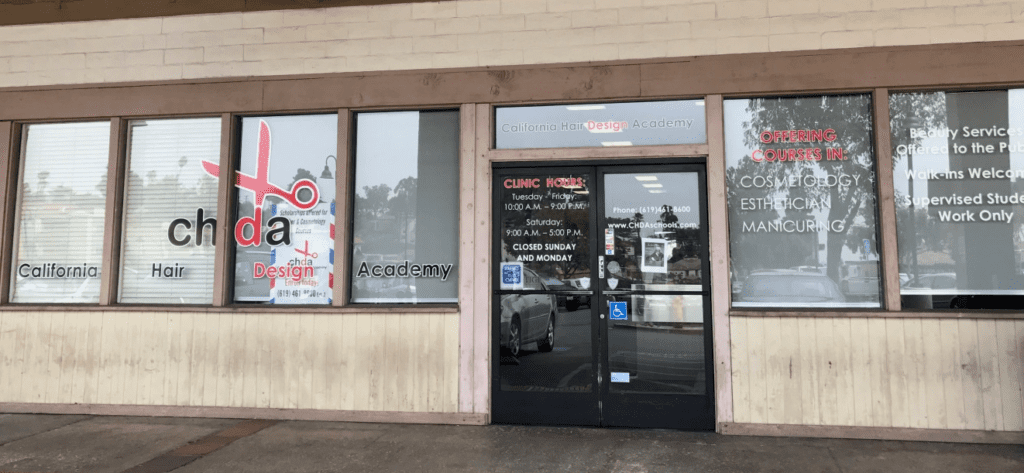LICENSING REQUIREMENTS
The school catalogue outlines graduate requirements. These requirements are generated by the Consumer Affair Act/Rules and Regulations, which establishes the requirements you will need to meet before you complete your course of study. The California State Board of Barbering and Cosmetology mandates an applicant meet the following qualifications to take the licensing exams: be at least 17 years of age, completed the 10th grade in a public school or its equivalency, committed no acts or crimes constituting grounds for denial of licensure under Section 480 of the Business and Professions Code and completed the required hours in a Board approved school or completed a 3200 hour apprentice program. Below are the required hours as set forth by California State Board of Barbering and Cosmetology:
| Cosmetologist
1000 Hours |
Esthetician
600 Hours |
Barber
1000 Hours |
Manicurist
400 Hours |
SAFETY REQUIREMENTS
Safety in the workplace is emphasized and applied in every practical subject area that you will learn. As your classes are covered and reviewed, you will be made aware of sanitation requirements and disinfecting measures, and the correct method for disposing of certain materials, etc. These safety measures are outlined by the Consumer Affairs. Professionals carry these safety habits into the job sector.
PHYSICAL DEMANDS
Cosmetologists and Barbers are required to stand for indefinite periods of time. They may be required to perform other movements such as bending, stooping, reaching or lifting light objects. In addition, certain hand, wrist, and arm movements may be necessary.
Manicurists are required to sit on stools at manicuring tables for most of their specialized services. However, some stooping and/or bending is required as pedicure services are done. Industry professionals will work a variety of hours including some holiday periods. Individuals may work weekend shifts, days or evenings as the salon business dictates.
Estheticians are required to stand or sit on stools for indefinite periods of time. Estheticians may be required to perform other movements such as bending, stooping, reaching, or lifting light objects. Certain hand, wrist, and arm movements are necessary.
EMPLOYMENT & COMPENSATION
How much money can I make? This is a common question that is determined by a variety of factors. Salons have a number of compensation systems that are used. Among the most common systems are salary and/or commissions, commission, or one can work as an independent contractor renting a chair or a booth. Your revenue is based, in part, on how many hours a week you work, your ability to build your clientele, the business opportunity that the salon location provides, and your commitment to your career.
Chain salons, department stores, spas, and the like, generally offer hourly wage and/or commission.
Independently owned salons can offer a variety of compensation structures. Newly licensed graduates will want to find a salon that offers the right atmosphere for them, a team atmosphere where there is support and room for career opportunities. Keep in mind that employers hire in their own image.

